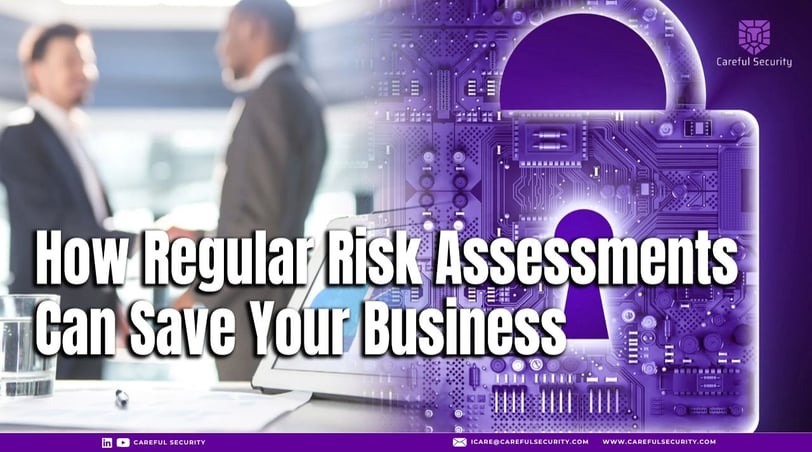How Regular Risk Assessments Can Save Your Business
Most companies aren’t caught off guard by cyberattacks because they ignored security


Companies caught off guard because they assumed everything was fine until it wasn’t.
That’s where regular risk assessments come in.
They’re not just for checking a compliance box or satisfying an auditor. Done right, a risk assessment shows you where your systems are exposed, what threats actually matter, and where you should focus next.
Think of it like this: your security posture is always shifting. New tools get added. Old controls stop working. People come and go. If you’re not actively looking for weak spots, you’re probably building up risk without realizing it.
So, What Does a Risk Assessment Actually Do?
A good risk assessment answers three key questions:
What do we have that’s worth protecting?
(Data, systems, IP, customer records…)
What could go wrong?
(Misconfigurations, access issues, shadow IT, phishing risks…)
What’s the real impact if it happens?
(Downtime, reputational damage, regulatory fines…)
It doesn’t just spit out a spreadsheet of “risks.” It gives you a clearer picture of how secure you really are—and what to do next.
Why “Regular” Is the Keyword
One-off assessments are like taking a single blood pressure reading and assuming you’re good for life. Risk changes fast:
New software gets deployed
Teams adopt new SaaS tools
Threat actors evolve their tactics
Compliance requirements shift
If you’re not assessing regularly quarterly or at least annually, you’re relying on outdated information. And in cybersecurity, that’s dangerous.
Real-World Wins From Regular Assessments
Here’s what we’ve seen with companies who assess risk consistently:
Fewer surprises during audits. You already know where the gaps are.
Faster response to incidents. You’ve mapped your critical assets and workflows.
Smarter budgeting. You’re spending based on real risk, not gut feeling.
Improved stakeholder trust. Boards and clients see that you’re not just compliant—you’re in control.
In short, it’s not just about preventing a breach. It’s about making security part of how you run the business.
What Makes a Risk Assessment Actually Useful
Not all risk assessments are created equal. The ones that work best:
Involve both IT and business leadership
Include technical testing (like vuln scans or config reviews)
Assign clear owners to fix the issues found
Feed directly into your roadmap or KPIs
And most importantly: they turn insight into action. Knowing what’s wrong is step one. Doing something about it is what makes the difference.
Final Takeaway
Regular risk assessments won’t stop every attack. But they will keep you aware, agile, and prepared. And in today’s threat landscape, that’s a competitive edge.
If you’re not sure when your last assessment was/or what it even covered it might be time for a reset.
Need a fresh look at your security posture?
Schedule a no-pressure discovery call. We’ll show you where the risks are hiding.
Your All-in-One Cybersecurity Partner
© 2025. All rights reserved.
